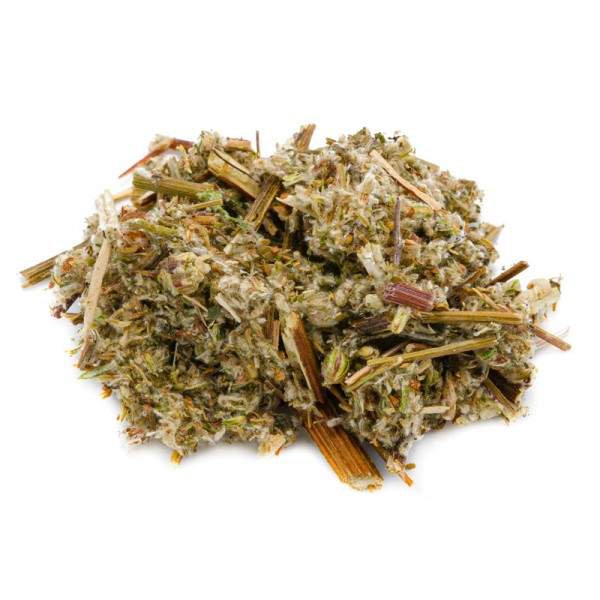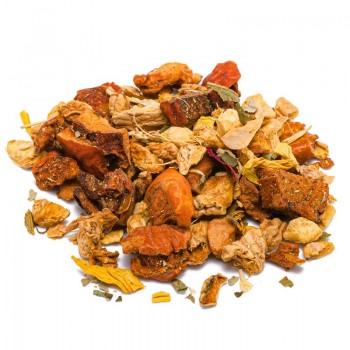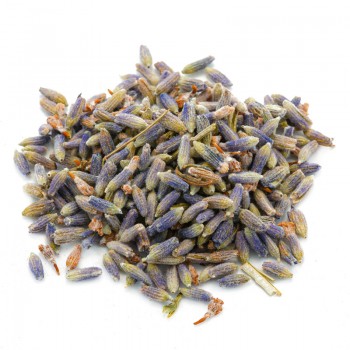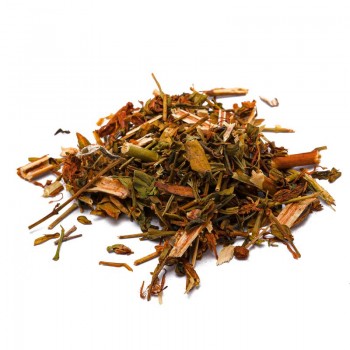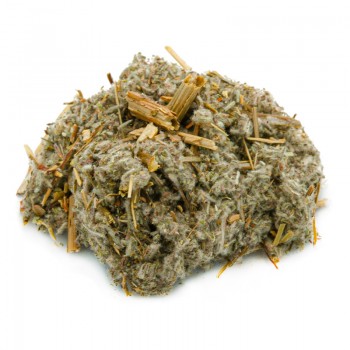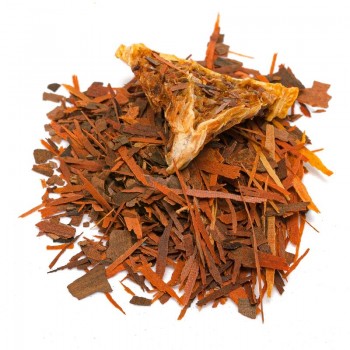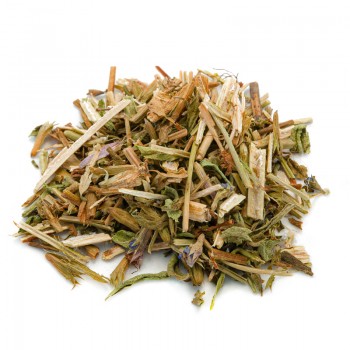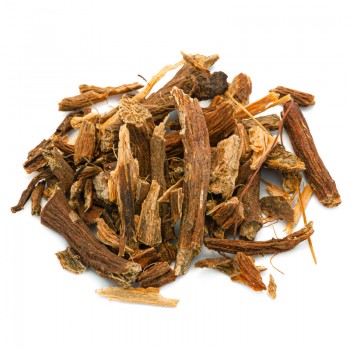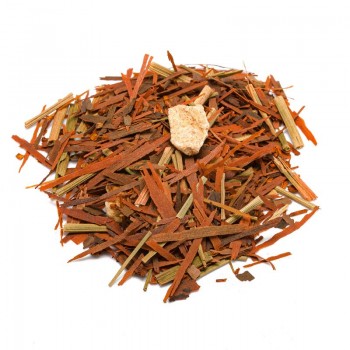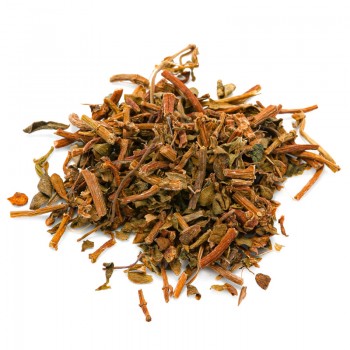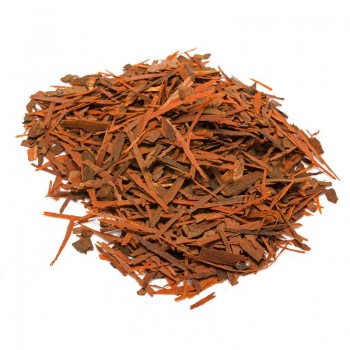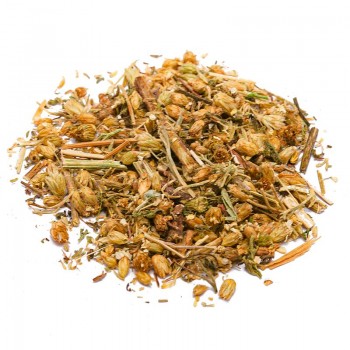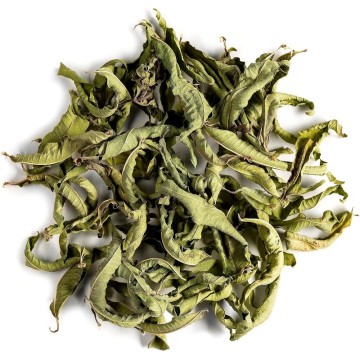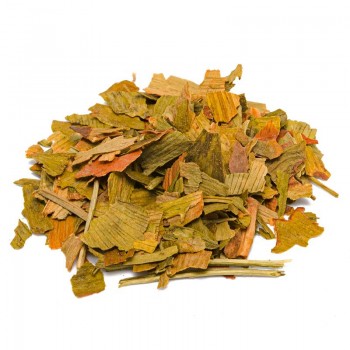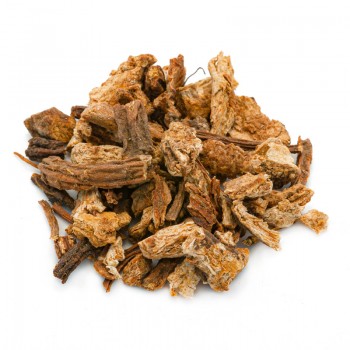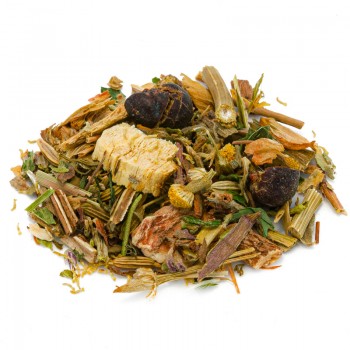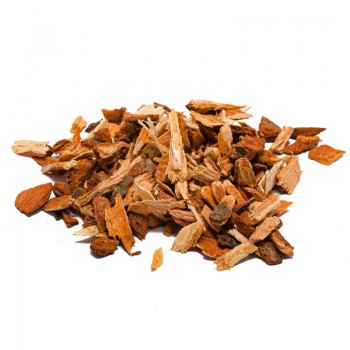This medicinal plant, popularly known also as "queen of herbs" in many cultures, has been considered a natural remedy for the well-being of our organism for centuries .
Artemisia vulgare: properties and benefits
There are many effective characteristics of Artemisia vulgaris, which has always been considered a valid calming herb for the nervous system, to prevent migraines and relax the muscles against cramps, spasms and menstrual pain.
The Artemisia flower, in fact, contains essential oils and antioxidants (flavonoids), which favor the antispasmodic action.
In the past, for this, it was used as a medicinal herb to help female well-being during the menstrual cycle, and also to stimulate the appearance of flow (as an emmenagogue remedy).
Artemisia herbal tea is often used to soothe symptoms associated with menstruation, including headaches, fatigue, nausea and abdominal pain - making the menstrual period less painful and stressful. It is also useful in the pre-menopausal phase, to favor the regularity of menstrual flow.
Furthermore, Artemisia has diuretic properties that help the urinary tract; helps in removing excess salts and toxins from the body, stimulating frequent urination.
Among its properties, there is that of relaxing if we are stressed, since the part of the roots has a sedative and toning action in case of psycho-physical fatigue.
Artemisia vulgaris, in addition to having the properties described above, is also used as an expectorant - it promotes the expulsion of bronchial secretions and soothes cough symptoms.
A good infusion of these herbs has a very positive effect on our body, even at the digestive level. Its effect is bitter-tonic and eupeptic, that is, it stimulates digestion - Artemisia can be consumed for herbal tea before and after heavy meals, to relieve bloating and intestinal gas.
The essential oil found in the herb is effective in treating digestive disorders that can be caused by an abnormal flow of gastric juices. The root contains inulin, a substance able to help correct intestinal function by favoring the proliferation of "good" bacteria.
It is also useful in case of lack of appetite, to promote appetite.
Origins and History of cultivation
Artemisia vulgaris is a medicinal plant native to Asia and soon spread to Europe, and then North America. Even today it is also found widespread in the hilly regions of India up to 3600 meters (western Himalaya).
In different cultures and centuries, it has taken on many popular names such as St John's Plant, Wild Absinthe, Sailor's Tobacco, Traveler's Weed, Felon Herb ...
Its botanical Latin name seems to derive anyway from the Greek goddess Artemis or Artemis, the female divinity linked to the moon and chastity, but also to hunting and wild animals.
Surely by every culture, it has been appreciated as a medicine, as well as a culinary herb for various recipes.
In ancient Indian Ayurvedic medicine it was called Damanaka, and it has been used for centuries in the treatment of skin diseases, for liver purification and for its diuretic and anti-constipation properties. Furthermore, its relaxing characteristics made it excellent for treating difficult neuro-muscular conditions (epilepsy, convulsions) and as an expectorant for the respiratory system.
In folk medicine in the past it was used in the form of herbal tea to regularize the female cycle, to expel intestinal parasites, and for digestive benefits. It was one of the medicinal herbs used for vomiting, indigestion, stomach ulcers, etc.
The ancient Romans used it in sandals to prevent their feet from getting tired, while the Native Americans rubbed Artemisia on the body to protect themselves from ghosts. Travelers also used this herb to protect themselves from evil spirits (devil-chasing herb) and dangerous animals.
For the Orientals, in traditional Chinese and Japanese medicine, Artemisia was used for moxa, the so-called herb that bruCIA. A preparation made with the plant minced in a mortar, and from this woolly dough balls or sticks are obtained to be placed on the skin, in the energy points to be treated, to be burned. Moxa has a calming effect, releasing energy and improving blood circulation.
If it has been used for millennia as a herb, in food and as a smoking herb, today it is also considered beneficial to create various cosmetic products. The formulations with Artemisia essential oil are used for body care, perfumes, soaps, candles and incense. Besides that, it is also widely used in aromatherapy.
It is grown all over the world now for its incredible health benefits.
Plant and flowers
Artemisia vulgaris is a perennial medicinal plant of the genus Artemisia and Asteraceae Compositae (of the Aster family).
It is a tall, erect, aromatic plant with a pungent odor, which grows around 1-2m tall. It is preferably found at high altitude pastures, forest edges, valleys, slopes, ditches, roadsides, canyons, steppes, subalpine territories and abandoned lands.
Artemisia can grow even in difficult conditions, as it can be grown in both poor and fairly fertile, dry or humid, well-drained soils. It grows best in full sun but also survives in partial shade. It grows poorly in very humid and wet soils, where it rots.
The leaves are 5 to 20 cm long and are hairy on the underside. The flowers, on the other hand, are short-stemmed, yellowish or red-brown, and flowering usually occurs from July to September.
Nutritional values of Artemisia vulgaris
A portion of 100 grams of Artemisia, in herbal tea, provides 46 kcal.
Essential oils, which we have mentioned, are present in the flower, as well as beneficial substances such as antioxidant flavonoids, hydroxycoumarins, triterpenes, sterols, etc.
Among the terpenes, eucalyptol and cineole (the active expectorant, useful for reducing throat swelling) are found in Artemisia.
Among the essential oils that are beneficial for our body, linaiolo and neroli are important.
There are also sesquiterpene lactones, which give antispasmodic properties.
How to consume Artemisia vulgaris as an herbal tea and in the kitchen
For a good infusion, it is advisable to use for a cup (250 ml), about 3 grams of Artemisia vulgaris, with water at 100 ° C. Leave to infuse for about 7 minutes, before drinking the herbal tea.
Artemisia, in any case, is a plant used in cooking also in recipes, for its digestive properties.
The leaves, cooked or raw, in some places are prepared as a condiment for fatty dishes, in order to help their assimilation. They can also be added to beer to flavor it.
Artemisia vulgare: side effects and contraindications
Artemisia is safe when the normal dosage is respected. An excess (overdose), however, could cause side effects. The following may occur: heartburn, acidity and gastric reflux, rarely dizziness.
It is contraindicated in case of gastric or duodenal ulcer.
In case of pregnancy or breastfeeding, however, it is not recommended to take Artemisia, as it could stimulate uterine contractions and increase the chances of spotting.
It may also affect pregnancy hormones.

